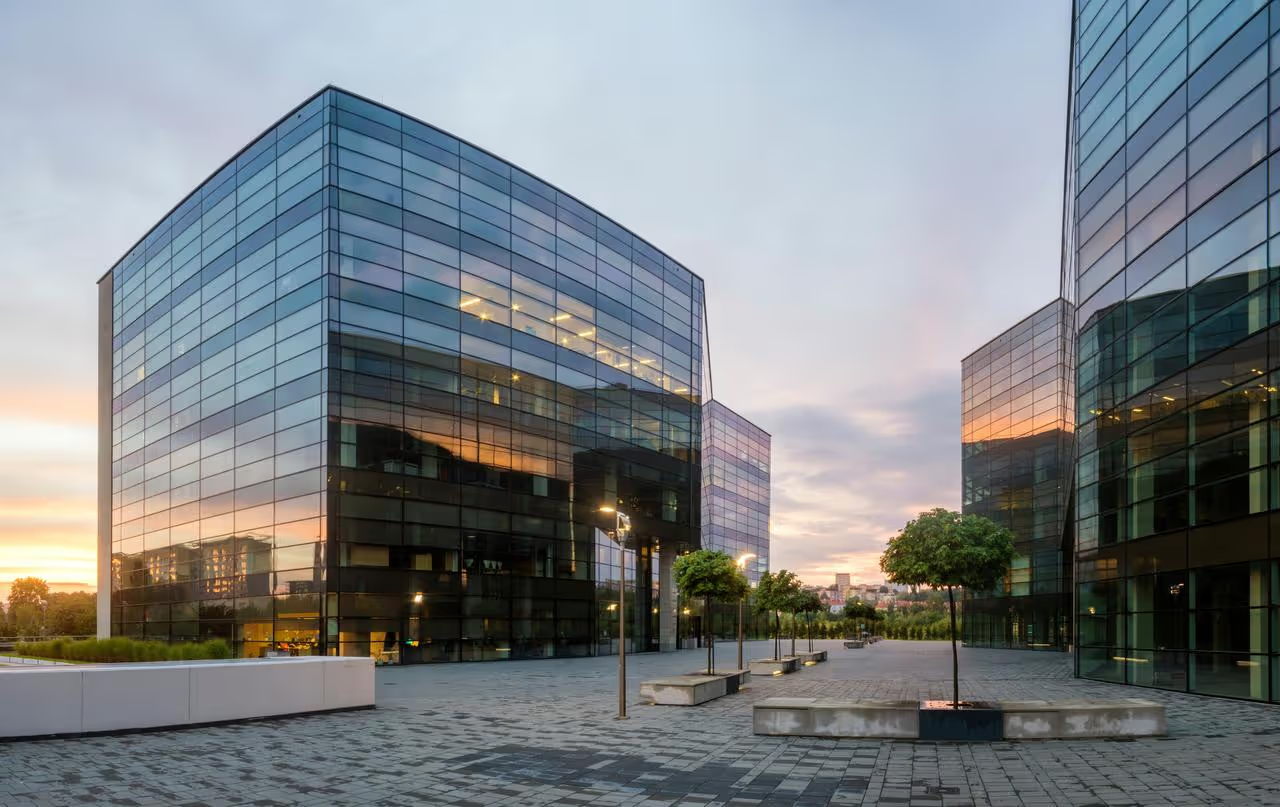Here’s Why Building Maintenance Matters for Safety and Security

There is nothing more vital to a building’s integrity than its ability to provide a safe and secure environment. That is why preventive building maintenance is much more than a smart business decision.
“When building owners prioritize maintenance, the results are clear: Cost savings go up, and building occupants can enjoy a safe and comfortable environment.”
Many of the benefits of regular building upkeep are tied to compliance with building codes, local laws, and insurance. But well-maintained facilities also boost the safety and well-being of employees, increase the value of the building, and allow for more predictable and cost-effective repairs.
Lack of regular building maintenance puts the safety and security of building occupants at risk. Furthermore, if an emergency or accident occurs, the reactive repairs that must take place will incur high costs.
For long-lasting buildings, implementing a building maintenance program must become an essential part of owning and operating a facility.
Functionality
Preserving a high level of building functionality is key to keeping competitive in the marketplace. Without regular inspections and fine-tuning, the building’s assets start to deteriorate, weak points go unnoticed and everyday operations will degrade. Building components that receive regular attention are less likely to breakdown and cause accidents or disruptions to the building occupants and ongoing operations.
Uptime & Usability
An operational building must be reliable to perform at the expected standard and in an efficient manner. There is no other way to know how regular wear and tear is affecting the building’s uptime and usability without consistently checking up on the facility’s systems and products. The hardware and software of a building’s systems need updates at some point in their lifecycle to maintain optimal asset uptime and increase their lifespan.
Flow of People

Access products are subject to high usage and wear and tear, but when well maintained, they ensure consistency in the building’s operation and provide people flow.
By scheduling a regular checkup of these products and their complex components, building owners can rest assured that people flow – and business as usual – will remain uninterrupted during operational hours.
Compliance
Building owners have many things to keep track of, but compliance should be at the top of the list. To remain in compliance with ever-evolving local building codes, as well as state and federal technical and safety regulations, regular upkeep to the facility is imperative.
Fines for falling out of compliance are not only hefty, they would harm the reputations of the buildings for being in disrepair. Preserving the building’s interior and exterior condition is also vital to minimize safety risks – and avoid liabilities – to building occupants and anyone who enters the grounds of the building.
When a building maintenance program enforces to check up on compliance, building owners can relax and focus on other issues that need immediate attention.
Value of the Building
Regular maintenance ensures that building value is upheld on the property market, if not increased.
Furthermore, well-kept buildings boost their reputation. Just like people, a building has only one chance to make a positive first impression. Regular inspection can prevent or minimize exterior damage that is a result of daily exposure to sun, wind, and rain.
When an owner invests in building value by consistent maintenance, it is an investment to the employees and the greater community. Hence, by providing a comfortable and safe interior environment, owners can boost the mental health of their employees, which results in higher productivity and lower absenteeism rates.
Sustainability
The building maintenance process of tweaking and fine-tuning might discover lapses in energy efficiency. For example, decreasing heat loss from a piece of equipment could lead to a boost in operational efficiency, reduce degradation of components, and also lower energy bills.
A system upgrade or energy retrofit can improve the building’s overall sustainability and help to cut back on energy bills, while potentially taking advantage of utility rebates. Having a sustainable building is especially important for building owners who want to advertise their sense of eco-responsibility.
When building owners prioritize maintenance, the results are clear: Cost savings go up, and building occupants can enjoy a safe and comfortable environment.





